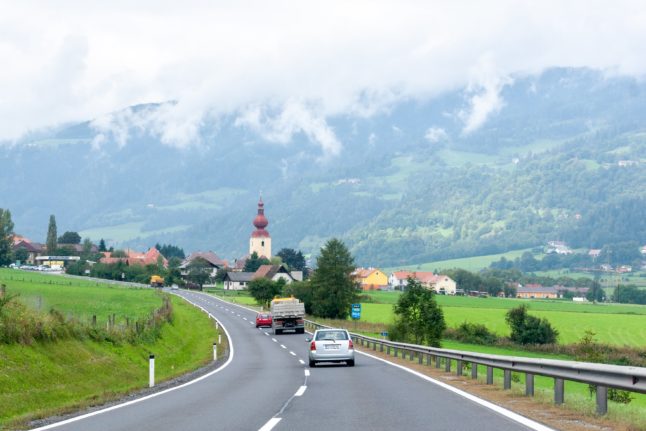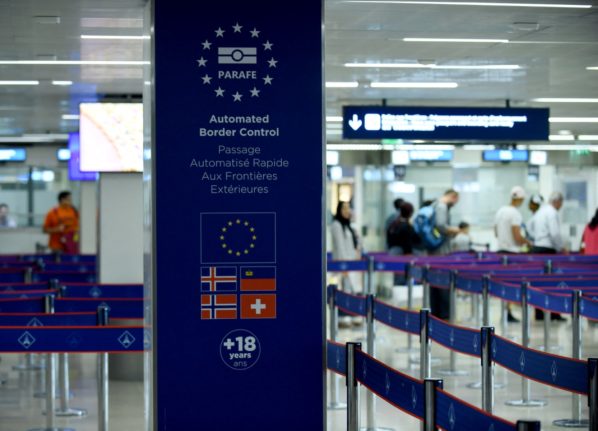The driving licence is a required document for anyone looking to drive a vehicle in Austria. If you are staying for more than six months and your permit is from a non-EEA country, then you’d have to swap it for an Austrian one.
Even if you have a document issued by a European Union country, you can also choose to convert it to an Austrian one.
The requirements for exchanging your foreign licence will depend on where it was first issued. They may include a theory test and a practical test. If you have to go through the entire process from scratch, you will also have to pass the written and practical exams.
But can those be taken in English?
The theory driving test
The written driving licence exam in Austria can be taken in English.
The theoretical part of the test is taken as a computer exam in the driving school where you are doing the process. It can be done in German, English, Croatian, or Slovenian, as well as in sign language, according to the government website.
READ ALSO: Can I use my foreign driving licence in Austria?
In order to take the test, you need to have a valid medical report and complete theoretical training in a driving school.
If you want to practise, the website of Austria’s traffic authority ÖAMTC has a page with an online practice test and where you can also download an app with real questions issued in the driving exam.
The practical driving test
After passing the theory test – or during the process of swapping foreign documents for an Austrian one in some cases, you need to take the practical exam.
READ ALSO: COMPARE: Which countries in Europe have the strictest drink-drive limits?
According to the federal government, an interpreter can be present during the practical part of the driving test to help you in case you don’t speak German. It is not uncommon for driving schools to have teachers that speak English and can offer the exam in English – or in other languages, especially in Vienna.
Do I need to take a knowledge or driving test?
Some driving licences from non-EEA countries are considered equivalent to those issued in Austria and can be exchanged for an Austrian one without having to take a theory or practical driving test.
Non-EU/EEA countries exempt from the driving test rule (for all licence categories) are Andorra, Gibraltar, Guernsey, Isle of Man, Japan, Jersey, Monaco, Montenegro, San Marino, Switzerland, Serbia, United Kingdom and Northern Ireland.
READ ALSO: Brexit: What happens if you haven’t exchanged your UK driving licence in Austria?
Additionally, people with a driving licence from Australia, Bosnia-Herzegovina, Hong Kong, Israel, Canada, North Macedonia, New Zealand, Republic of South Africa, Republic of South Korea (if issued after 1 January 1997), USA and the United Arab Emirates are exempt from having to take a driving test for a category B licence.
A category B permit allows holders to drive a vehicle with up to eight passengers and a maximum weight of 3,500kg.
Drivers will still need to show a medical certificate before swapping their documents for the local ones – and the original licences must still be valid. People who have these documents issued in other countries will generally need to take at least the practical exam.



 Please whitelist us to continue reading.
Please whitelist us to continue reading.
Member comments